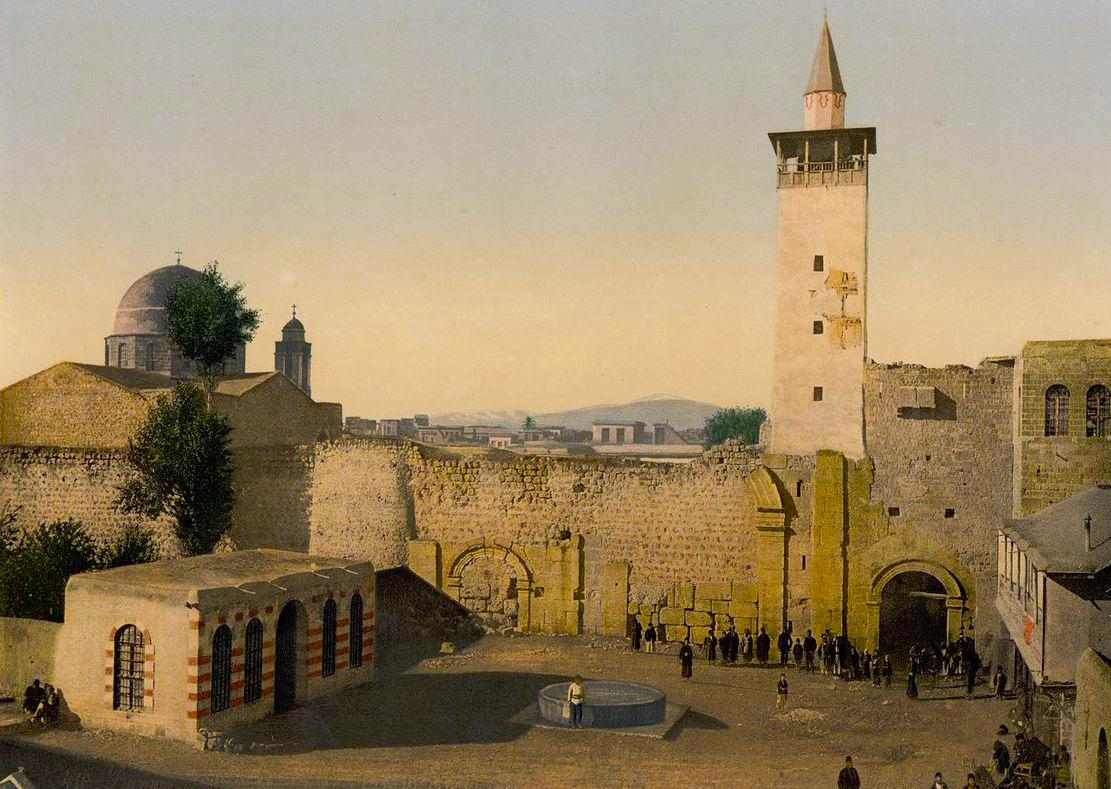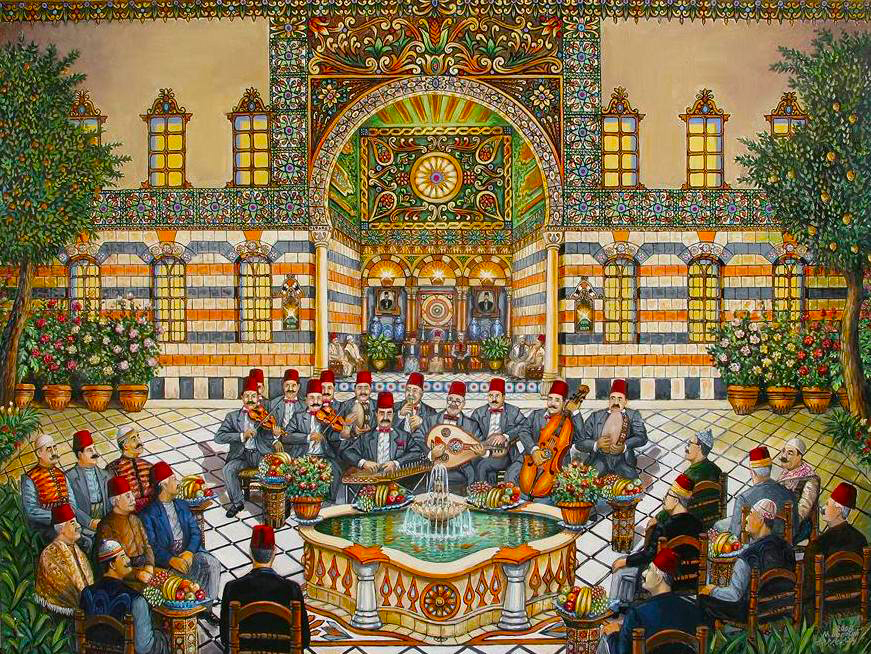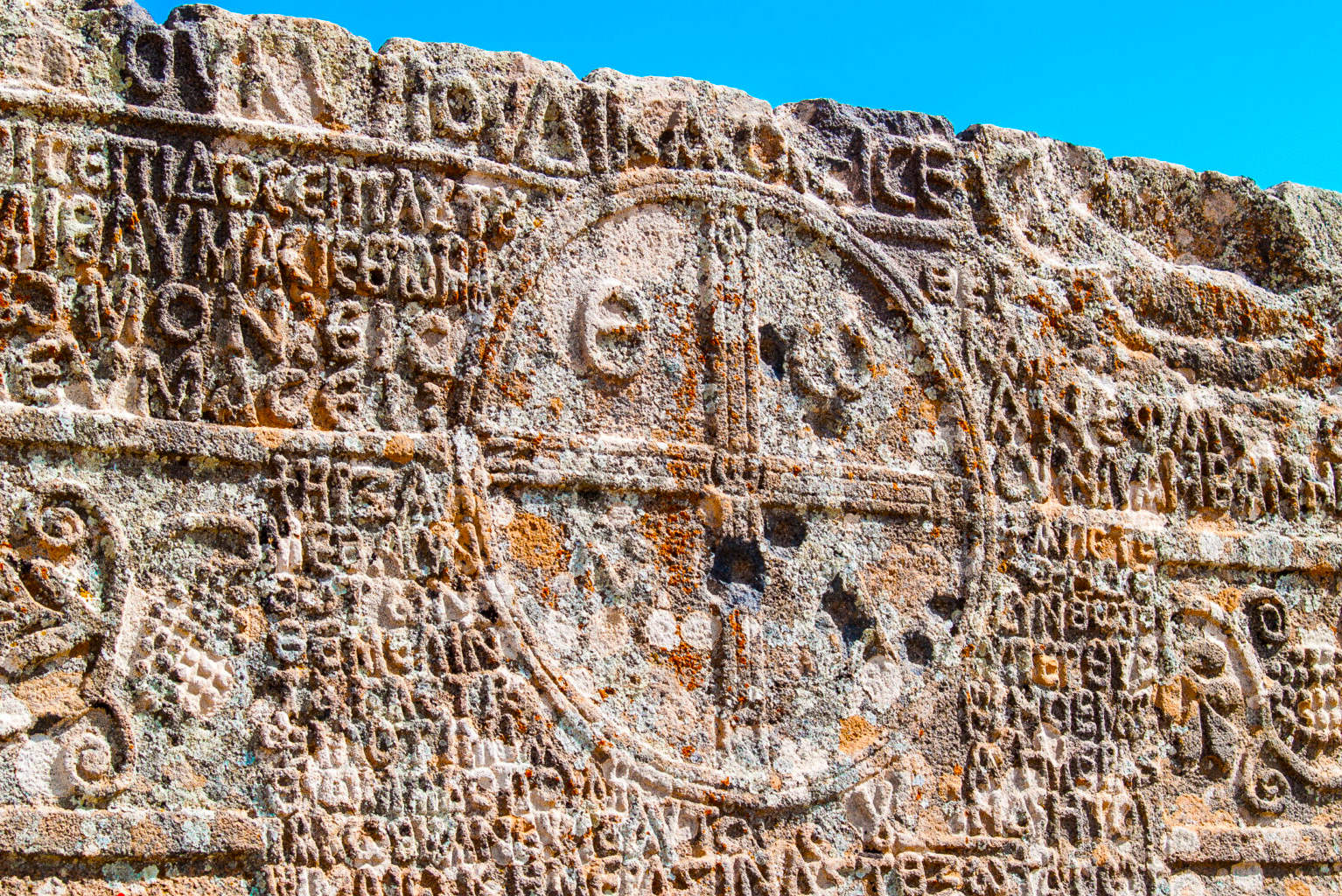Syria holds a unique position in ancient history — a place where Roman roads met Byzantine churches, and where centuries of empires left their mark in stone. If you’re looking to explore ruins that whisper the stories of the past, a journey into Syria’s Roman and Byzantine remains offers unforgettable rewards. From half-buried cities to weathered mosaics, these sites transport visitors into a world of emperors, saints, and merchants.
This article highlights three major sites: al-Andarin, Ithriya, and Deir al-Salib — all located in central and western Syria.
Comparing the Sites
| Site | Location | Era | Highlights |
|---|---|---|---|
| Al-Andarin | NE of Hama | Roman (2nd–3rd century CE) | Roman temple, garrison ruins, desert views |
| Ithriya | SE of Hama | Roman & Byzantine (2nd–6th c.) | Roman road, fortress remains, Byzantine basilica |
| Deir al-Salib | West of Hama | Byzantine (6th century CE) | Early Christian church, rural monastic complex |
Al-Andarin: The Forgotten Roman Outpost
Located on the edge of the Syrian desert northeast of Hama, al-Andarin was once a bustling Roman garrison town. Today, its ruins rise silently from the landscape, giving a rare glimpse into life on the empire’s eastern frontier.
Why Visit?
Al-Andarin is home to remnants of a Roman temple, a fortified wall, and segments of the famous Via Nova Traiana, a road built by Emperor Trajan. The temple’s stones lie scattered, but its layout is still visible, offering insight into Roman religious practices and architectural planning.
What to Expect:
Visitors will find low-standing walls, traces of arches, and sculpted blocks — all with minimal restoration, giving it an authentic, untouched feel. It’s ideal for travelers interested in raw, unspoiled archaeological experiences.
Tip: Bring water, good shoes, and a guide if possible — the site is isolated and signage is limited.
Ithriya: Crossroads of Rome and Byzantium
Situated southeast of Hama and near the desert road to Palmyra, Ithriya served as both a Roman military post and later a Byzantine outpost. It was once part of the route protecting the vital Palmyra trade corridor.
Roman Highlights:
Ithriya features the remains of a Roman camp and road network. You can still walk along the paving stones of the Via Diagonalis, and see outlines of Roman-era buildings used for administration and defense.
Byzantine Layer:
What makes Ithriya especially intriguing is the transition from Roman to Byzantine control. In the 5th and 6th centuries, churches and monasteries were added, including a small basilica with a unique rectangular apse.
Why Visit?
Ithriya offers a layered history — Roman structure mixed with Christian architecture. It’s also a launching point for deeper exploration into Syria’s eastern plains and the historic desert trade routes.
Deir al-Salib: A Hidden Byzantine Church
In the green hills west of Hama lies one of Syria’s most charming Byzantine sites — Deir al-Salib (Monastery of the Cross). Tucked among olive groves, this 6th-century monastery offers a serene escape with rich historical roots.
Highlights:
- A Byzantine church with well-preserved stone architecture
- Remnants of monastic living quarters
- Stone inscriptions and column bases with cross carvings
Deir al-Salib reflects the Christian monastic movement that spread through Syria before the rise of Islam. Its architecture blends Greco-Roman influence with early Christian symbolism.
Atmosphere:
Quiet and scenic, this site invites visitors to reflect, walk slowly, and enjoy its peaceful setting. It’s also a favorite among photographers and architecture lovers.
Travel Tips
- Best Time to Visit: Spring and autumn offer mild temperatures and better walking conditions.
- Access: These sites are generally off the beaten path. Private transport or local guides are recommended.
- Dress Code: Respectful attire is recommended, especially near religious ruins or rural areas.
- Local Insight: Ask locals about the history — many elders have oral traditions and stories about the ruins.
Conclusion
The Roman and Byzantine remains in Syria are more than just stones and ruins — they are silent witnesses to centuries of faith, conflict, culture, and architecture. While world-famous sites like Palmyra and Apamea draw most attention, these lesser-known locations offer something equally valuable: authenticity.
In al-Andarin, you’ll walk in the footsteps of Roman soldiers. In Ithriya, you’ll see the blending of two empires. In Deir al-Salib, you’ll feel the quiet devotion of ancient monks. Together, they offer a journey into Syria’s complex, layered past — and an unforgettable experience for any history-loving traveler.



